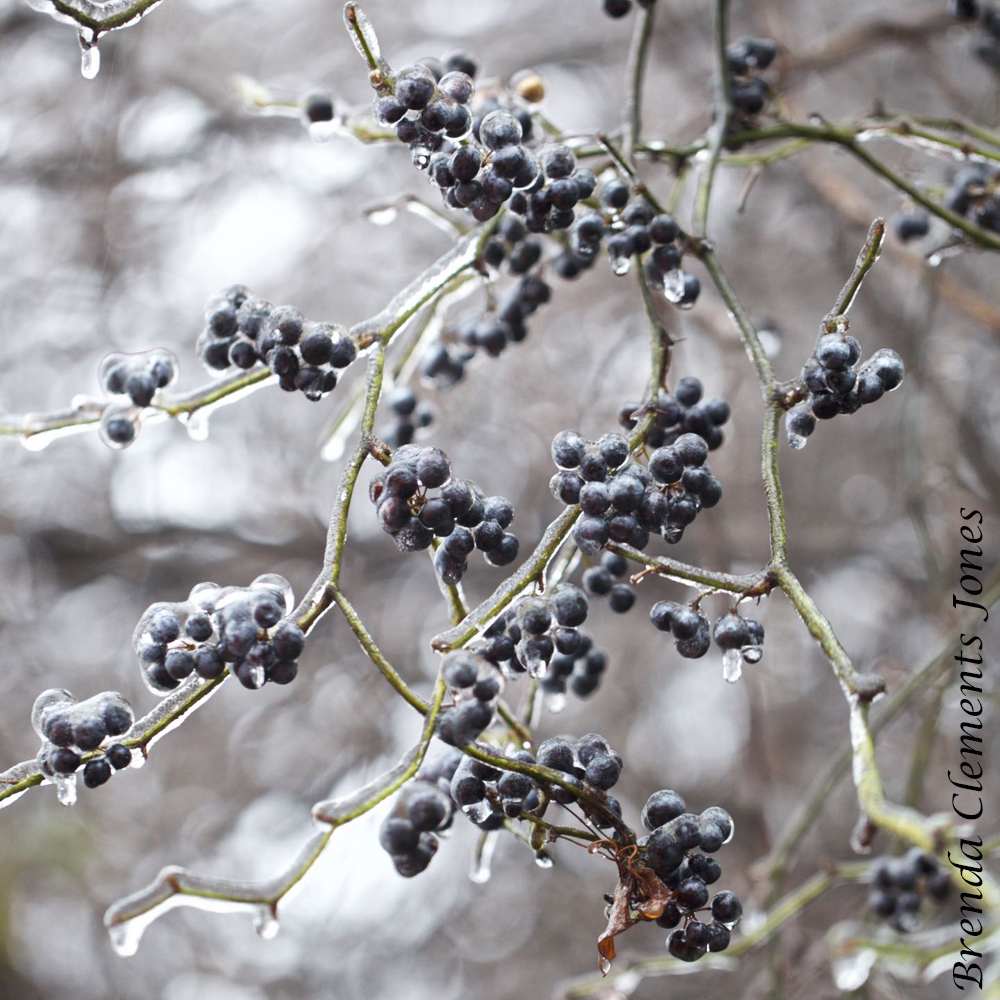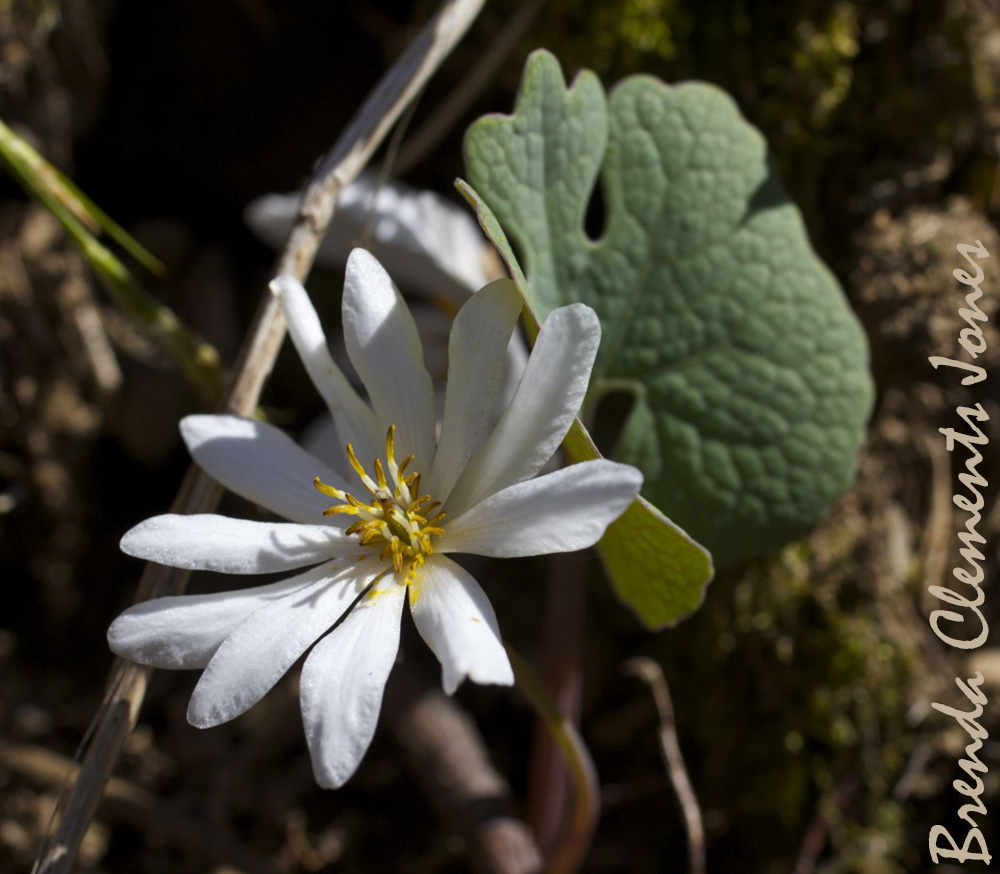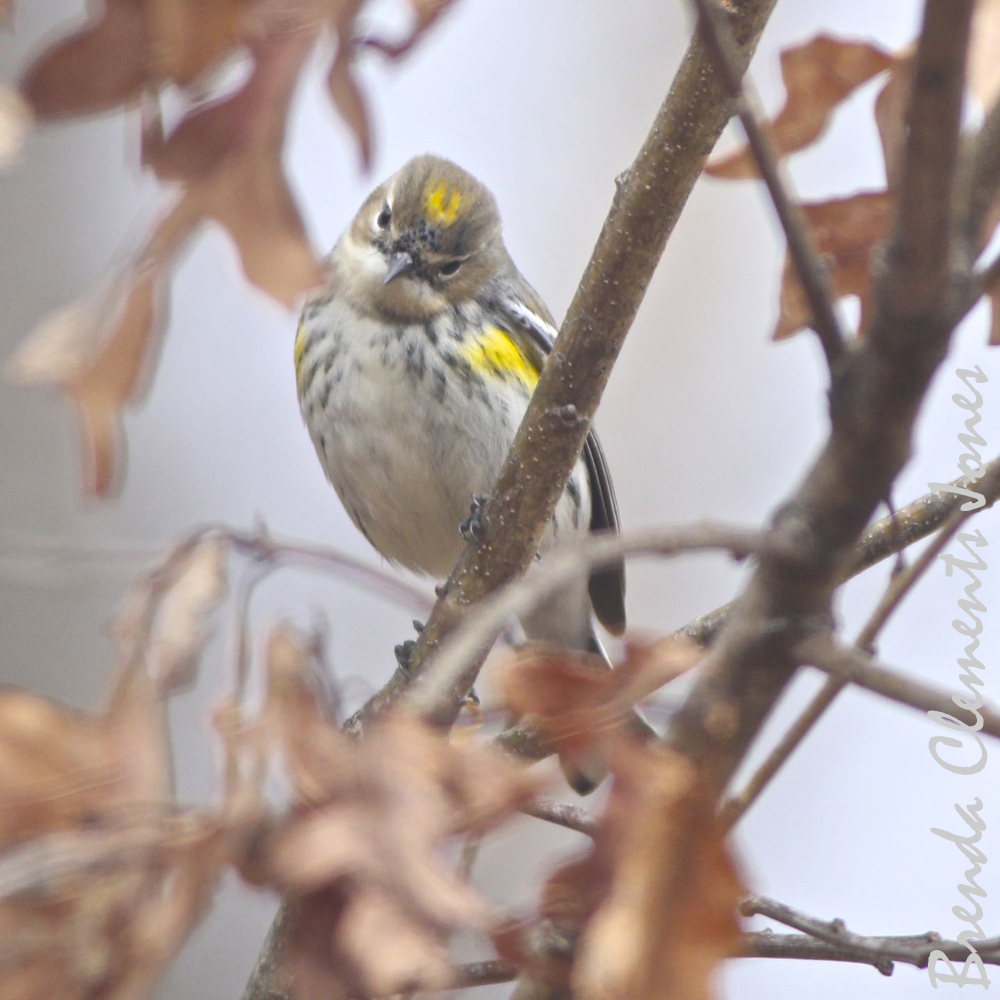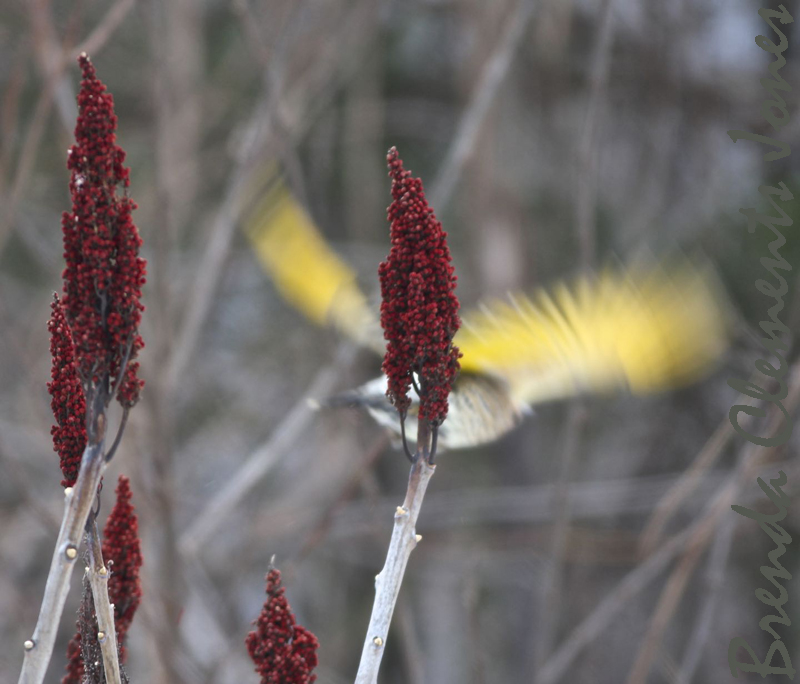-
Greenbrier, and Catbrier

Greenbriers and Catbriers are in the Smilax genus of plants in the family Smilacaceae. About 300 species of these vines live worldwide. Twenty of the species are native to North America north of Mexico. Eleven are native to Virginia. The small flowers of Greenbriers and Catbriers attract bees, beetles, and flies as pollinators, with their…
-
Bloodroot

It’s hard for me to believe since I’ve still got snow on the ground, but spring is nearly here. At least meteorological spring. It arrives on March 1. The weather here is assuredly unpredictable. We’ll see what the month of March brings forth. Spring or more winter? But plants will be sprouting no matter. One…
-
Yellow-rumped Warblers

An occasional visitor to my bird bath, in Virginia’s Blue Ridge Mountains. A Yellow-rumped Warbler (Setophaga coronata). Fondly called Butterbutts by birders. If you don’t have a bird bath, I sure recommend one equipped with a water warmer to keep the water from freezing during the coldest that winter can throw at you. These warblers…
-
Northern Flicker

A patch of the native plant, Smooth Sumac, Rhus glabra. A wonderful magnet for birds during the late winter and early spring. Hard to decide which might be my favorite bird, but one that is right up there at the top, Northern Flicker, Colaptes auratus, is one of the birds that is attracted to the rich crimson berries. The…
-
Lightning Bug?

A little beetle crawling along a branch. He looks like something I would have caught and put into a jar when I was little – a Lightning Bug. But here he is roaming around, not on a hot, humid summer evening, but in WINTER. This doesn’t make sense. So much of Mother Nature’s world is…
-
Dung Beetle
This funny critter has an intriguing way of life. He is a Dung Beetle. I believe his species is Canthon imitator. He hunts for piles of manure using his sensitive sense of smell. I doubt if this sign (below) would be of any use to the Dung Beetle. They probably can’t even read. I suppose the sign…
